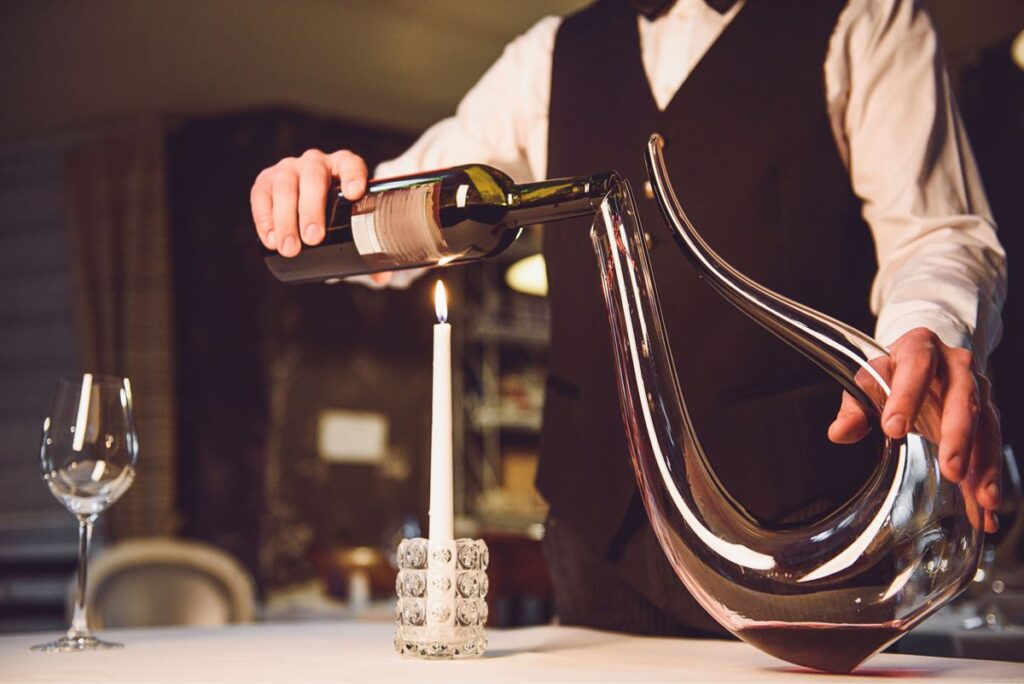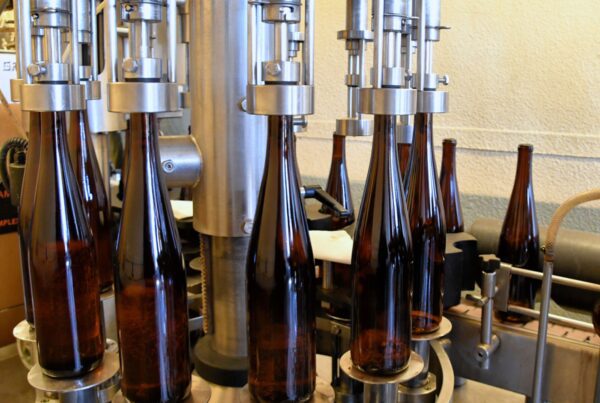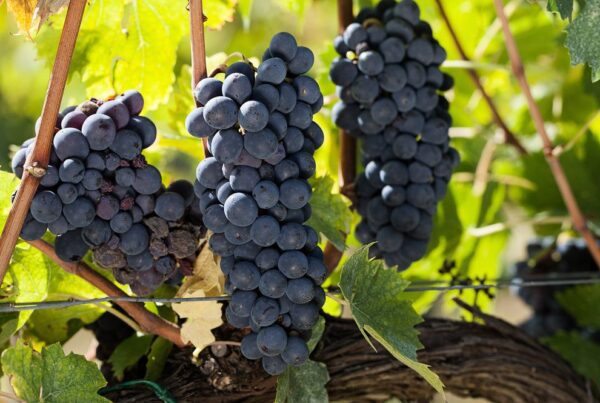Decanted wine has gone from something that only the posh folks from Downton Abbey did to a must have. Decanters are, afterall, a social cue that says ‘I’m a sophisticated adult!’
Fancy wine decanters and aerators are all the rage these days. There are ones that look like glass sculptures, ones that look like they came from a science lab and ones designed to lean at an angle. But what if you don’t have a wine decanter at all, let alone a glass blown one that looks like the arteries of a heart?
Decanting is pouring wine from the bottle into another receptacle, usually a glass decanter; however, you don’t need a fancy decanter to decant wine. As long as the vessel you use is clean and does not give off bad odors, it will work just fine. Glass is preferable.
The majority of wines do not require decanting, so, you may not need to decant your wine at all. Let’s talk about why we decant wine and how to decant with or without a decanter.

Contents
Why wines are decanted
It is only necessary to decant wine that has a wine deposit (sediment) in the bottle. When wine isn’t separated from the sediment, it looks duller and tastes less clean/pristine. Wines with sediment are usually wines aged for a significant period of time.
Decanting wine also allows the wine to ‘open up’, softening the tannins and improving the bouquet through contact with air; however, there is not much evidence relating to the advantages of exposing wine to air.
Finally, decanted wine simply looks more attractive in a glass decanter!
Carafe v decant – what’s the difference?
To carafe a wine refers to the practice of pouring wine from the bottle into another vessel. High-quality young wines made to be aged but are not quite in their drinking window benefit from being aerated. Carafing helps to open up the wine. Unlike decanting, there is no sediment to separate. So, the flashlight etc. is not necessary for pouring the wine into another vessel.
11 ways to decant wine without a decanter
Ensure any vessel you use is clean and odorless. If you decide that you need to decant or carafe your wine and don’t have a decanter, you can use any of the following instead:
- Water carafe
- Coffee carafe
- Water jug (large)
- Milk jug (large)
- Glass jar (large), e.g., a storage jar or an empty glass food jar
- Beer glass (large) – use any giant beer glasses from beer festivals.
- Flower vase
- Glass measuring jug
- Blender jug
- Any wide-neck bottle that is easy to pour into
- And finally, a large wine glass – yes, a wine glass! Remember, wine will ‘open up’ and aerate in a wine glass. You just need to give it some time. So, don’t stress about aerating your wine.
Wines that require decanting
The vast majority of wines do not require decanting. Fine red wines designed to mature for several years and vintage ports will typically have a deposit that warrants decanting. The deposits form during the ageing process and can taste bitter, as well as not giving the wine a nice appearance. Some aged white wines can also require decanting.
To tell if there is sufficient deposit that requires decanting, hold a light (flashlight, light on a phone, desk lamp etc.) to the base of the bottle.
Wines stored horizontally in a cellar need time to allow the sediment to drop to the bottom. Ideally, stand wine vertically the day before or the night before.
How far in advance of serving wine to decant
It is wise to smell wine before decanting to evaluate if it smells closed and requires opening up.
Younger wines require less decanting.
Expert opinions on decanting fully mature wines vary, but some experts recommend decanting right before drinking because decanting can reduce aromas and some older wines are fragile. So, decanting older wines as late as is convenient is acceptable.
How to decant wine
Remove the cover over the cork and neck of the wine entirely. This will make it easier to see the sediment when decanting.
For older bottles, clean the lip of the bottle if has sediment or dust with a dry, clean cloth before pouring.
Ideally, decant on a white surface in order to see the sediment more easily.
Direct the light source under the neck of the bottle. Pour the wine slowly into the decanter. Stop pouring when you see sediment appear in the neck of the bottle (and before it goes into the decanter).
You should see the sediment toward the end of pouring the bottle if the wine has been left to settle upright for the correct amount of time (overnight or longer).
FAQ
Can I aerate wine in a blender?
You can blend wine in a blender if you want, but it is not necessary. If you are curious and like to experiment, by all means give it a go! But, don’t pour a full bottle of your best wine into your blender. Take a glass of something cheap, blend it, then then compare it with another glass from the same bottle that has not been blended. That way you can decide if it is something you want to do at minimal cost.
Should I let wine breathe by opening the bottle?
Opening a bottle of wine to let it breathe is not really necessary. The surface area is too small to change the taste and smell of the wine. Wine will open up in the glass – just give it some time.
Can I drink a glass of wine with sediment in it?
The sediment is not harmful, but it will taste bitter. If some sediment gets into your glass of wine, allow the sediment to fall to the bottom of the glass, and then decant or pour it into another glass the same way you would decant from the bottle (use a flashlight to see the sediment clearly and pour until the deposit can be seen near the top of the glass. Stop pouring at this point).
Can I drink wine if the wine cork is mouldy?
There is no need to panic if you find mould on the wine cork of that special bottle of wine that you are about to open. Mould on aged wine bottles can, if anything, be a sign that it was stored correctly.





